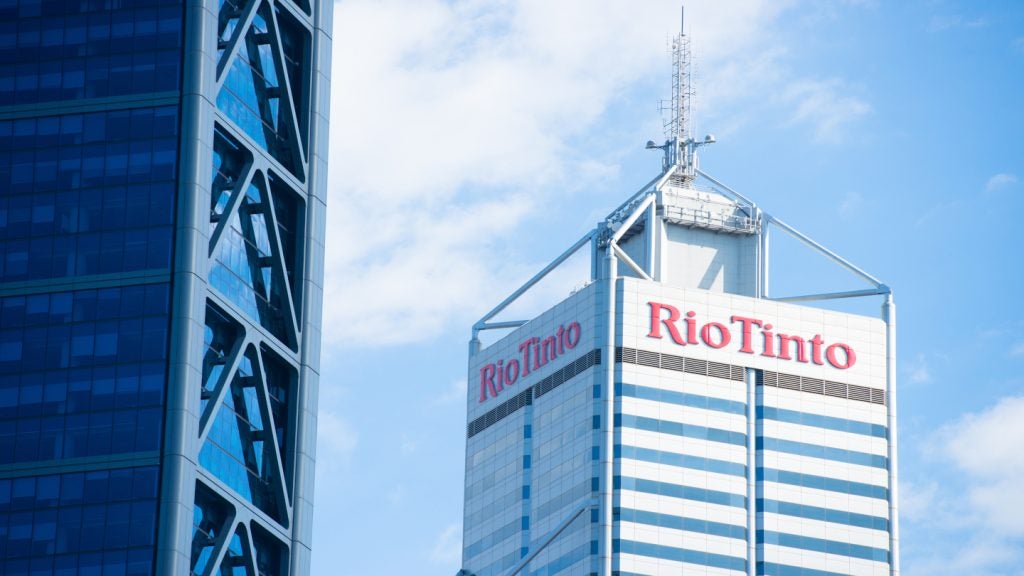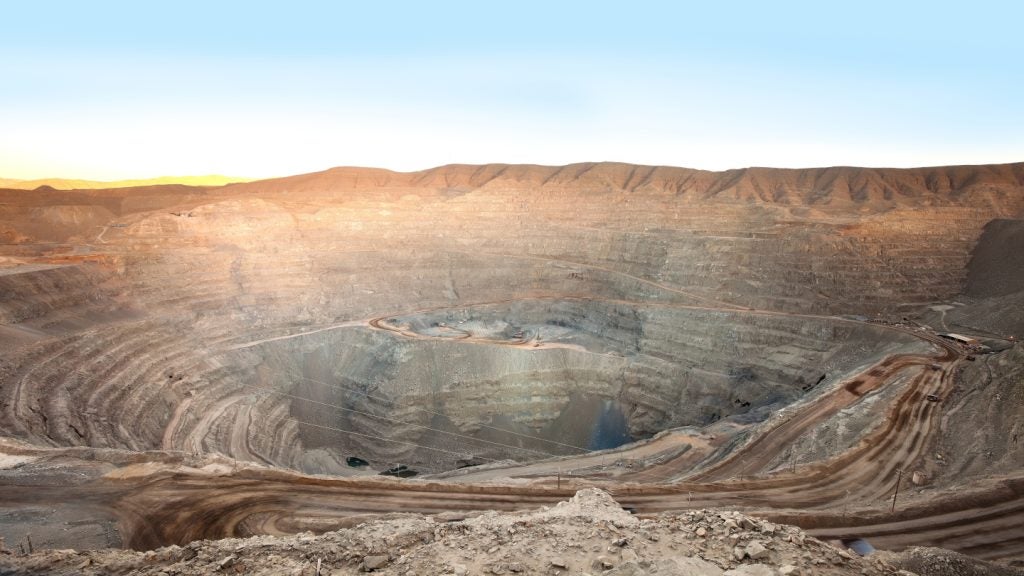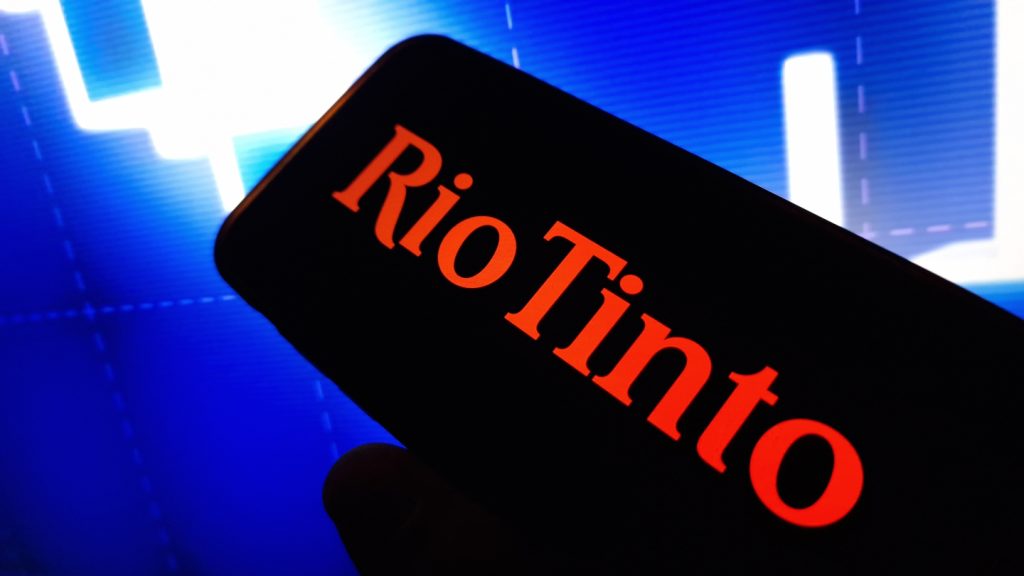The crux of the mining industry’s future lies in its ESG efforts, agreed speakers at Resourcing Tomorrow.
Global miners are under pressure to meet rising demand for critical minerals used in everyday products from smartphones to vehicles, while adhering to the paradigm shift towards sustainable mining practices.
Describing the industry as an echo chamber in his keynote address, International Council of Mining and Minerals (ICMM) president and CEO Rohitesh Dhawan highlighted scrutiny around the industry’s carbon emissions, deforestation and water usage.
For criticisms levied against mining’s environmental impact, Dhawan encouraged attendees to “hear those perspectives and work through them”, stating: "We as an industry need to do better.”
According to Equinox Gold chairman Ross Beaty, the ESG areas mining is focusing on are carbon neutrality, natural capital, improved safety and renewable energy.
Conversely, tailing dams were identified as a major ESG issue. “Almost every year, a tailings dam breaks and you have an environmental catastrophe,” said Beaty. “Most of these are engineering design issues and they should never happen. Dry stack tailings can solve this and are one of many things you can do that are great for the bottom line and your reputation.”
Mining Technology’s parent company, GlobalData, says ESG will be the critical theme impacting businesses over the next decade, alongside inflation and geopolitical conflict.
In the near-term, ESG has proved to be fruitful ground for mining deals to incentivise the industry. This year has seen Trinity Metals receive a $3.8m grant from the US International Development Finance Corporation for ESG projects across its operations in Rwanda, followed by Hitachi’s acquisition of a 12% stake in software company Envirosuite for $6.77m to focus on mining ESG.
However, there remains industry-wide uncertainty around actionable ESG progress. ABB’s keynote address at Resourcing Tomorrow, which presented data from interviews with 412 industry experts from more than 18 countries, noted that 67% are on track to meet their 2050 sustainability targets, but 30% are behind and 15% are unsure.
The prospects for driving ESG in mining
Simplifying responsible mining is crucial as the energy transition gains pace. There are currently more than 600 ESG reporting provisions globally, making it difficult for mining companies to identify appropriate standards on a corporate or asset level.
Dhawan pointed to the forthcoming Consolidated Mining Standard, developed by the ICMM, the Copper Mark, Mining Association of Canada and the World Gold Council, which aims to reduce ESG complexity by bringing together four of the most widely used standards.
“What is undervalued and underestimated is the fact that mining sits at the root of the energy transition,” said CITIC Pacific Mining general manager Mark O’Brien.
The International Energy Agency has earmarked lithium, cobalt, copper and nickel as essential to clean energy technologies. However, critical mineral hierarchies are constantly shifting alongside emerging technologies and supply chains, further complicating the attending ESG landscape.
“Unfortunately, we are not only part of the solution but also part of the problem as big emitters and energy users,” asserted O’Brien. “We are risk adverse and move slowly, but our future is very important for world economies and so it is important for us to be thinking about the future constructively.”
Citing the importance of supplier relationships, ABB vice-president of mining Max Luedtke explained to Mining Technology that “ESG is not just something to copy and paste, as each ore body is different. In the past, the mining industry was very insular, but I am seeing companies changing their attitudes as they transform their projects.”
“Using [the] best ESG practices is good business,” Beaty told attendees. “You look after your employees, communities and environment. If you do all of that, you have a good business and reputation, and you can prosper.”















